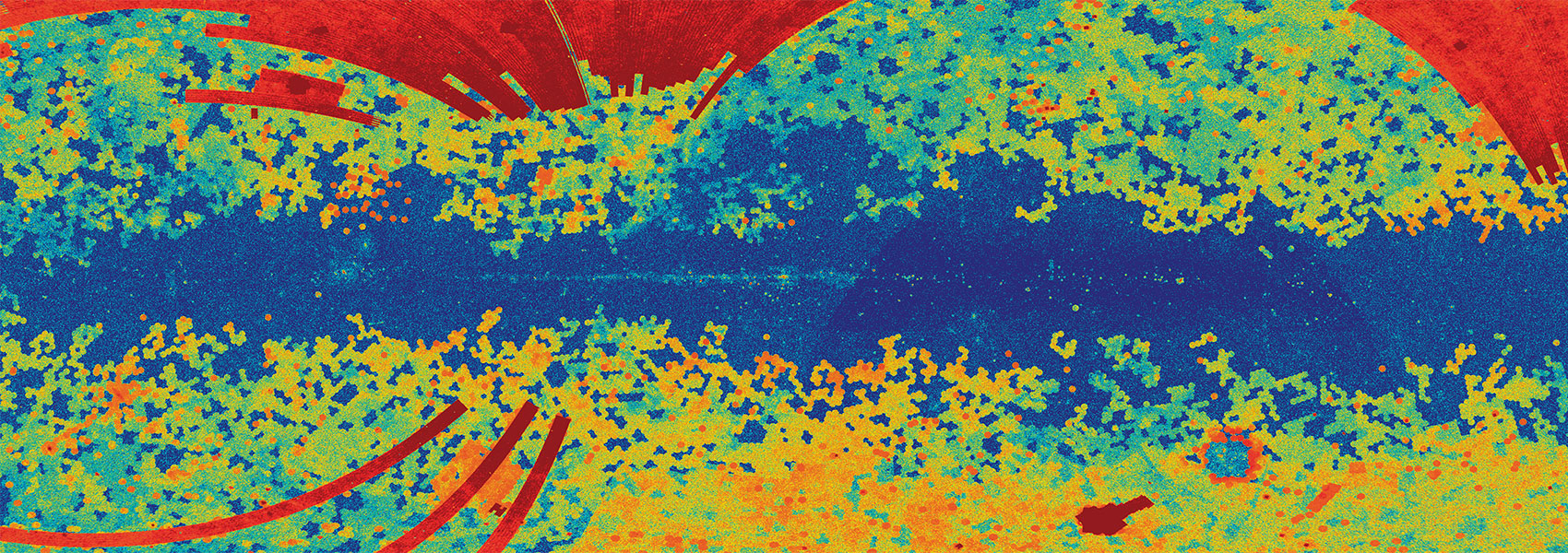October
2024
•
2024ApJS..274...35I
Authors
•
Isaacson, Howard
•
Howard, Andrew W.
•
Fulton, Benjamin
•
Petigura, Erik A.
•
Weiss, Lauren M.
•
Kane, Stephen R.
•
Carter, Brad
•
Beard, Corey
•
Giacalone, Steven
•
Van Zandt, Judah
•
Murphy, Joseph M. Akana
•
Dai, Fei
•
Chontos, Ashley
•
Polanski, Alex S.
•
Rice, Malena
•
Lubin, Jack
•
Brinkman, Casey
•
Rubenzahl, Ryan A.
•
Blunt, Sarah
•
Yee, Samuel W.
•
MacDougall, Mason G.
•
Dalba, Paul A.
•
Tyler, Dakotah
•
Behmard, Aida
•
Angelo, Isabel
•
Pidhorodetska, Daria
•
Mayo, Andrew W.
•
Holcomb, Rae
•
Turtelboom, Emma V.
•
Hill, Michelle L.
•
Bouma, Luke G.
•
Zhang, Jingwen
•
Crossfield, Ian J. M.
•
Saunders, Nicholas
Abstract
•
We present optical spectroscopy of 710 solar neighborhood stars collected over 20 years to catalog chromospheric activity and search for stellar activity cycles. The California Legacy Survey stars are amenable to exoplanet detection using precise radial velocities, and we present their Ca II H and K time series as a proxy for stellar and chromospheric activity. Using the High Resolution Echelle Spectrometer at Keck Observatory, we measured stellar flux in the cores of the Ca II H and K lines to determine S-values on the Mount Wilson scale and the metric, which is comparable across a wide range of spectral types. From the 710 stars, with 52,372 observations, 285 stars were sufficiently sampled to search for stellar activity cycles with periods of 2–25 yr, and 138 stars showed stellar cycles of varying length and amplitude. S-values can be used to mitigate stellar activity in the detection and characterization of exoplanets. We used them to probe stellar dynamos and to place the Sun's magnetic activity into context among solar neighborhood stars. Using precise stellar parameters and time-averaged activity measurements, we found tightly constrained cycle periods as a function of stellar temperature between of ‑4.7 and ‑4.9, a range of activity in which nearly every star has a periodic cycle. These observations present the largest sample of spectroscopically determined stellar activity cycles to date.
Links




